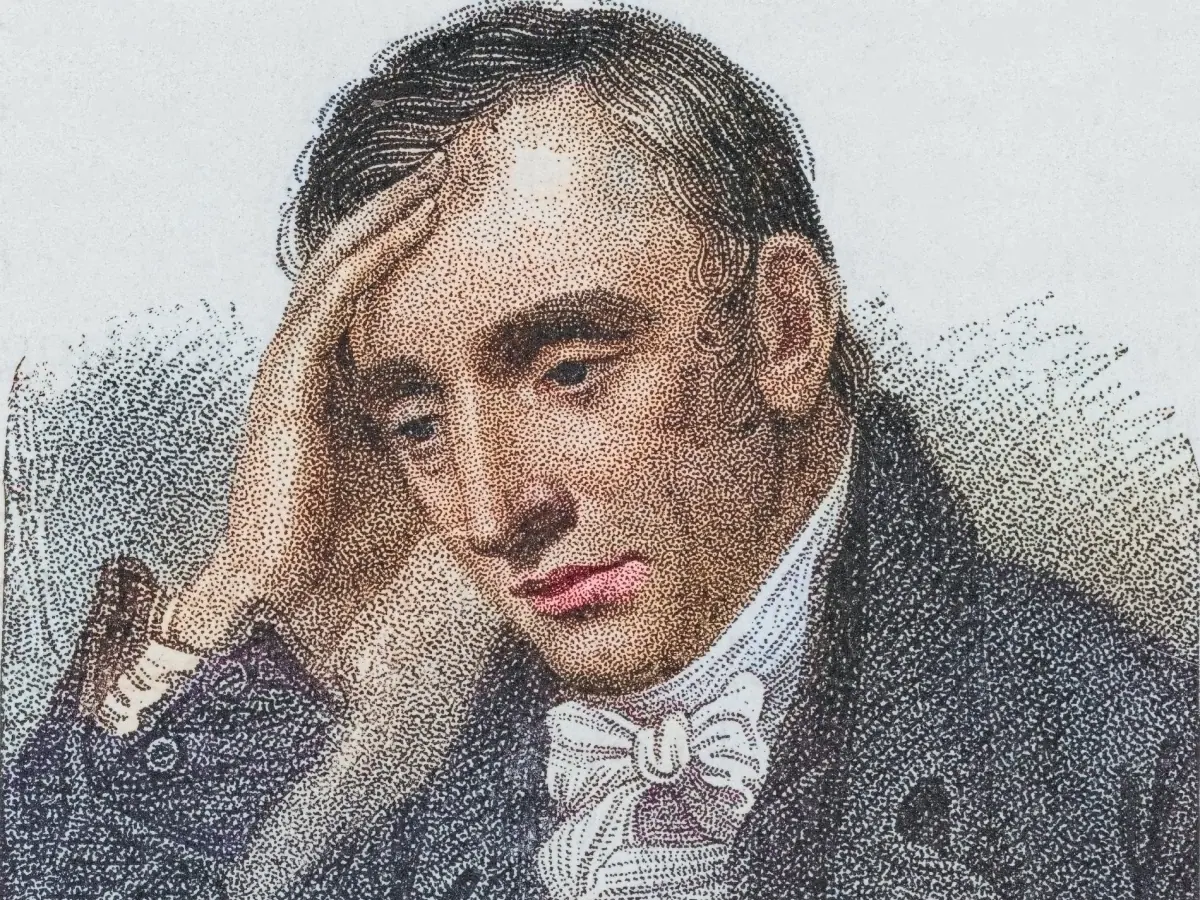Pareeshe Fatima
William Wordsworth, an English poet born in 1770 in Cockermouth, Cumberland, England, and died in 1850 in Rydal Mount, Westmorland, was a significant figure in the English Romantic movement. He co-authored the famous Lyrical Ballads (1798) with Samuel Taylor Coleridge, which played a key role in shaping the English Romantic movement.
Wordsworth’s early life, though marked by personal tragedies, was a testament to his resilience. He lost his mother at the tender age of 7 and his father at 13. Following his parents’ death, he and his siblings were sent to a grammar school in Hawkshead, in the Lake District. His time at Hawkshead not only provided him with an excellent education but also allowed him to indulge in the natural beauty of the English lakes, which later became a significant source of inspiration for his poetry.
After completing his education at St. John’s College, Cambridge, Wordsworth embarked on a journey to revolutionary France, where he developed a deep attachment to a Frenchwoman named Annette Vallon. However, due to the outbreak of war between England and France, Wordsworth had to return to England and was unable to reunite with Annette and his daughter until many years later.
The period following his return to England was tumultuous for Wordsworth. He grappled with financial instability and a sense of rootlessness, which deeply influenced his early poetry. It was during this time that he developed a deep sympathy for the downtrodden, a sentiment that found poignant expression in his early works.
In 1797, Wordsworth moved to Alfoxden House near Bristol with his beloved sister, Dorothy, which marked the beginning of a significant phase in his life. It was during this period that he formed a close and influential friendship with fellow poet Samuel Taylor Coleridge. Together, they produced Lyrical Ballads, a collection of poems that challenged the norms of Neoclassical verse and introduced a new style and vocabulary to poetry.
Pl subscribe to the YouTube channel of republicpolicy.com
Wordsworth’s partnership with Coleridge also led to the conceptualization of a grand poetic design known as The Recluse, which would later become a central focus of Wordsworth’s creative endeavors. Although The Recluse itself was never completed, elements of its vision found expression in Wordsworth’s autobiographical poem, The Prelude.
Throughout his life, Wordsworth’s poetry underwent various thematic and stylistic shifts. From his early works characterized by a fervent engagement with nature and human experience to his later poems marked by a more somber and introspective tone, Wordsworth’s poetic evolution reflected the complexities of his own life and the changing social and political landscape of his time.
Wordsworth’s lasting legacy lies not only in his extensive body of work but also in his profound influence on the English Romantic movement. His deep exploration of nature, the human mind, and the role of poetry in human experience continues to resonate with audiences, solidifying his position as a central figure in English literary history.















